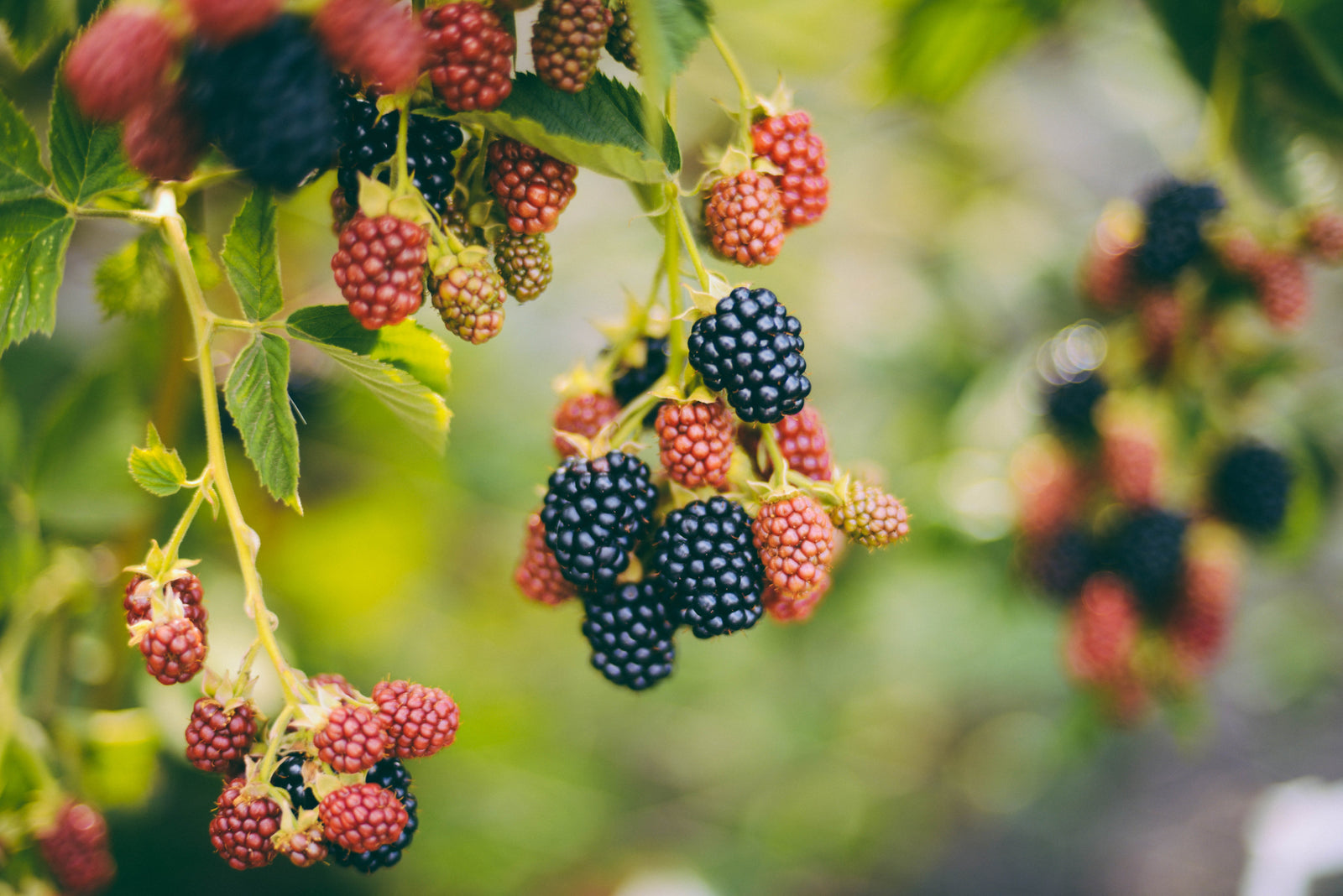
Do not feed deciduous fruit trees now. It’s difficult enough for us to get our fruit trees into dormancy in this area without stimulating growth so late in the season.
Be sure to prune unwanted sprouts, those tall shoots that grow in summer straight up from the trunk and branches in the centers of mature deciduous fruit trees. Their growth is so sudden and rapid they soon look like buggy whips. Spot this growth as it begins and cut it out flush with the bark. A tree in which water sprouts have been allowed to persist and take over is a terrible mess. They eventually thicken and bear branches just like miniature trees within a tree, taking energy from the parent and ruining its shape. Some deciduous fruit trees also send up suckers from the base of the trunk and from roots. Cut these off now too, so they don’t sap the strength of the tree.
Remember to water these trees infrequently. Water deeply and infrequently to encourage deep rooting, but don’t subject your trees to absolute drought unless it’s unavoidable. A good rule of thumb: mature deciduous fruit trees growing in hot interior valleys need two or three deep irrigations per month throughout the growing season in order to grow well and bear good fruit. Full-grown trees along the coast should be watered deeply once or twice a month. Trees in sandy soil need more water. Young trees require more frequent water to get established.
This is the time to train fruit tree espaliers. Throughout the growing season train the whippy new growth that you want to save into the shape you want, but firmly into place. While the branches are still flexible try tying bamboo poles onto them to train them in straight lines. This system can be especially helpful if you’re training your espalier onto a wire framework, because wire bends but bamboo is rigid. Remove the poles when the wood has hardened. Cut off unwanted water sprouts, flush with the bark, from espaliered trees too, now.
On trees that bear on spurs, such as apples, apricots, and pears, cut new growth back to two or three buds to stimulate production of fruiting spurs. (Apricots aren’t ideal to espalier. After several years, when their old wood no longer bears as well as formerly, retain some well-placed fresh growth to replace it. Then during winter dormancy cut out the old wood; start training the new growth to take its place.)



